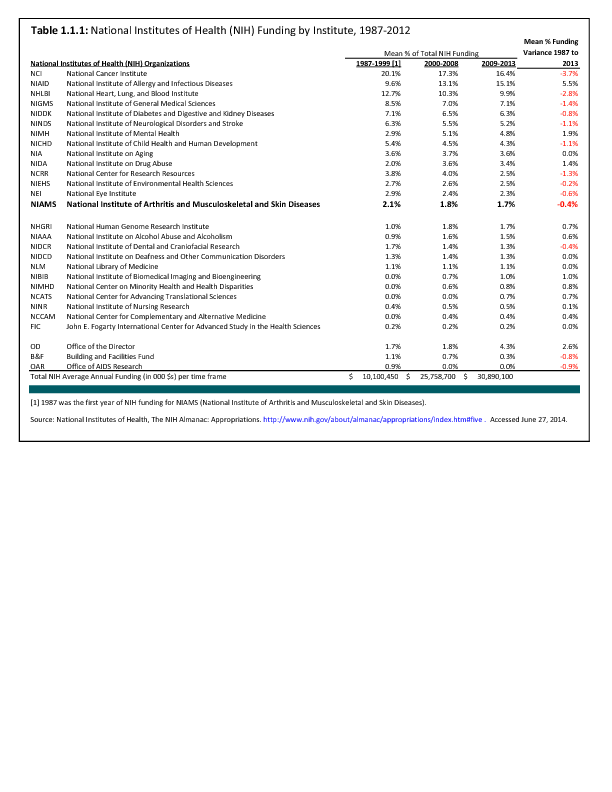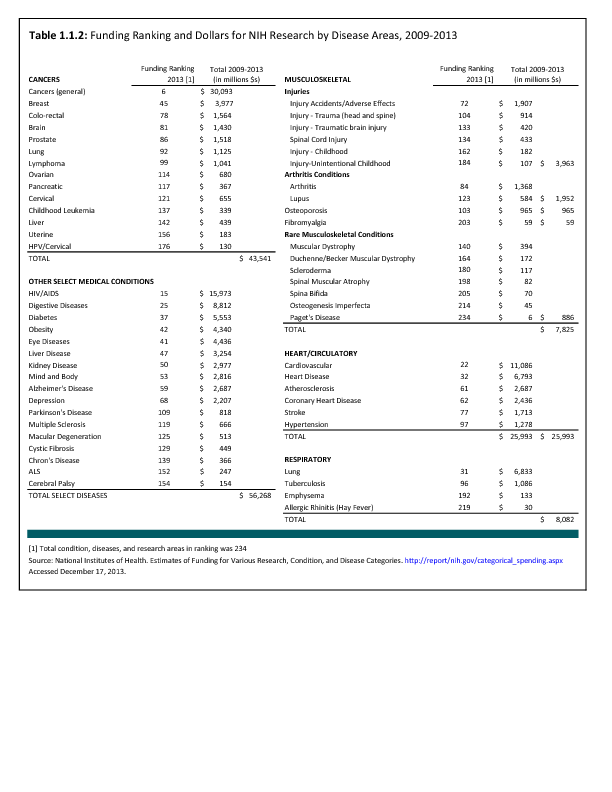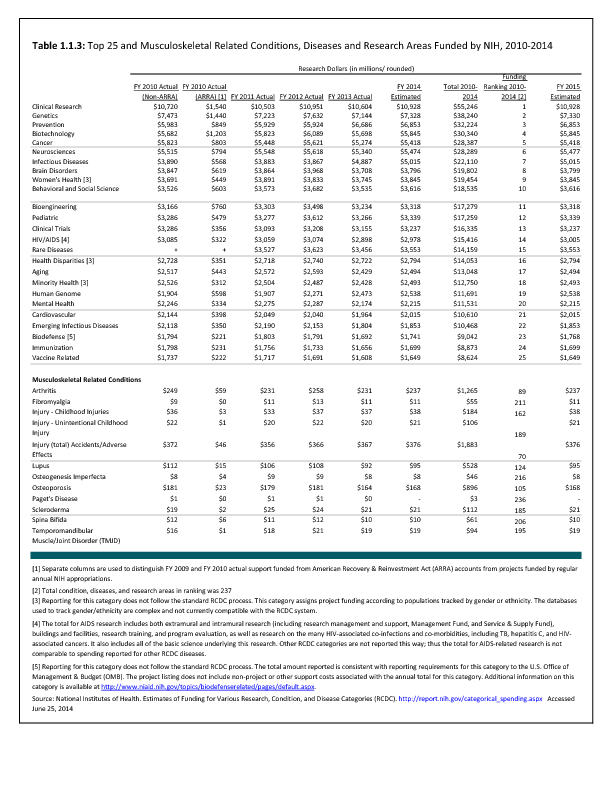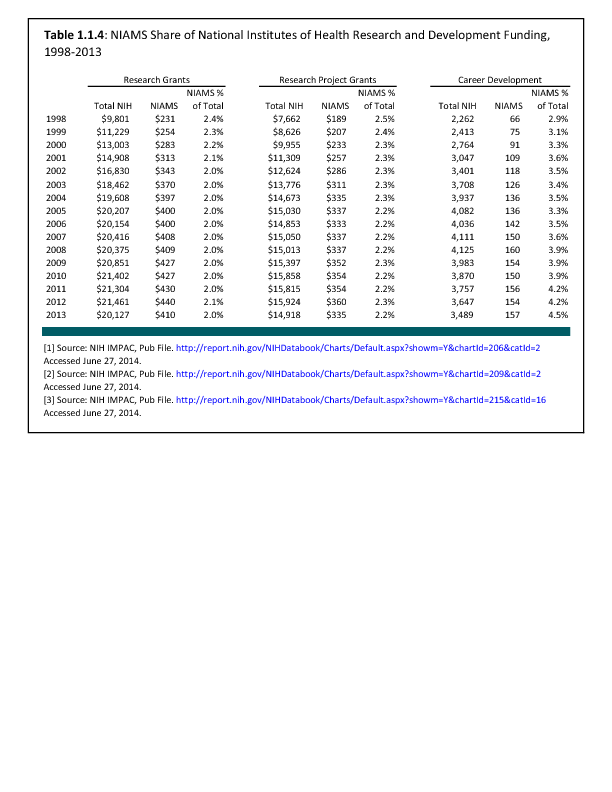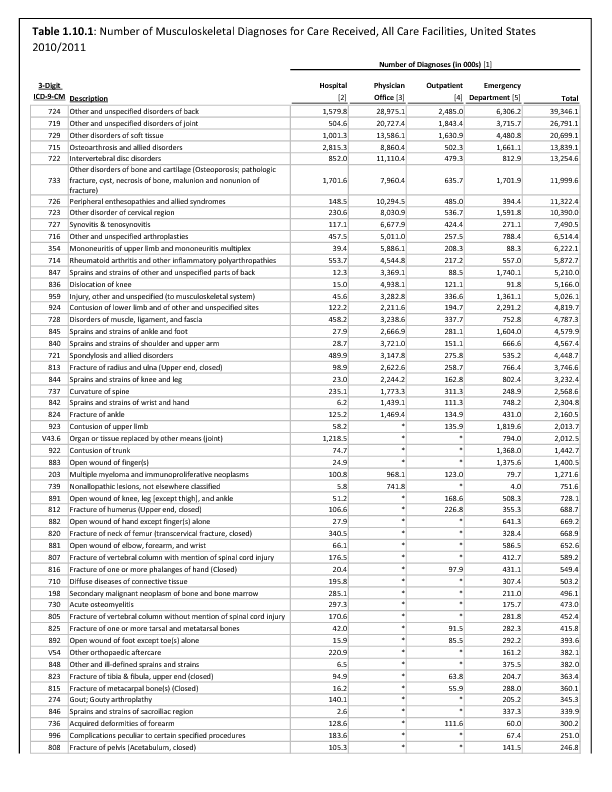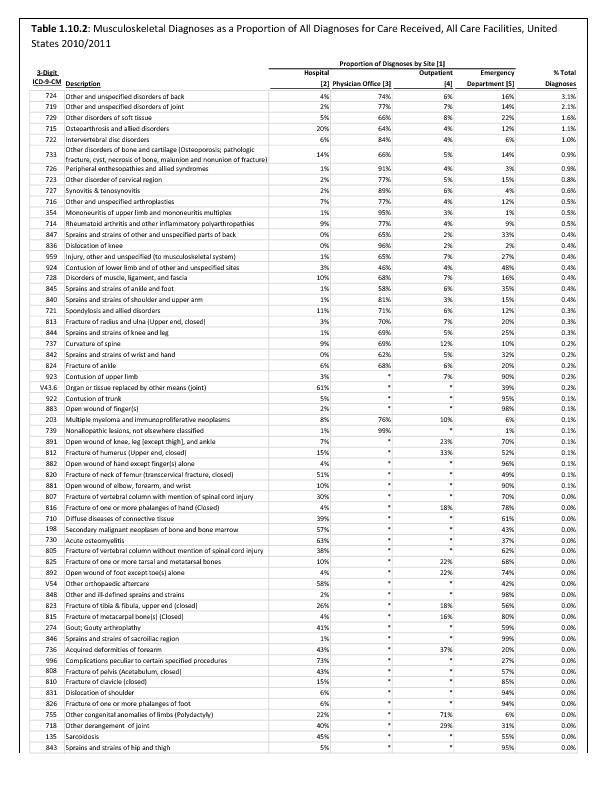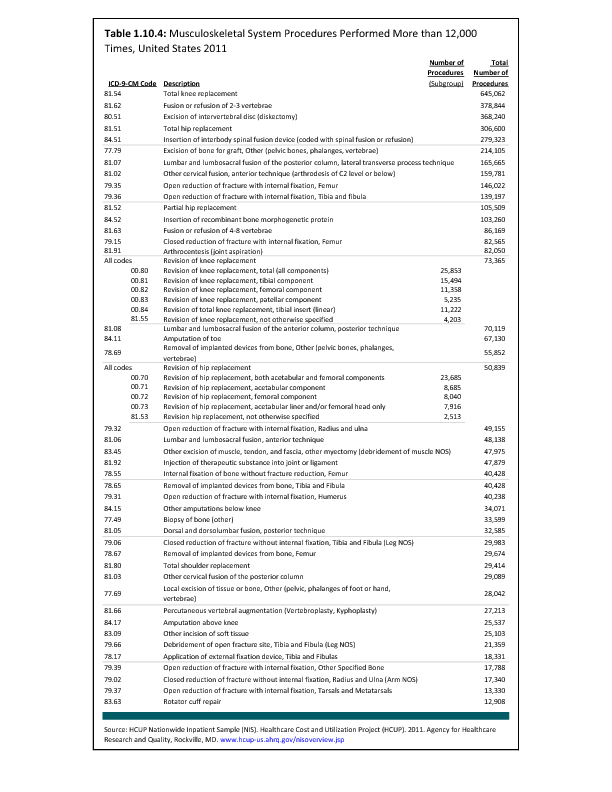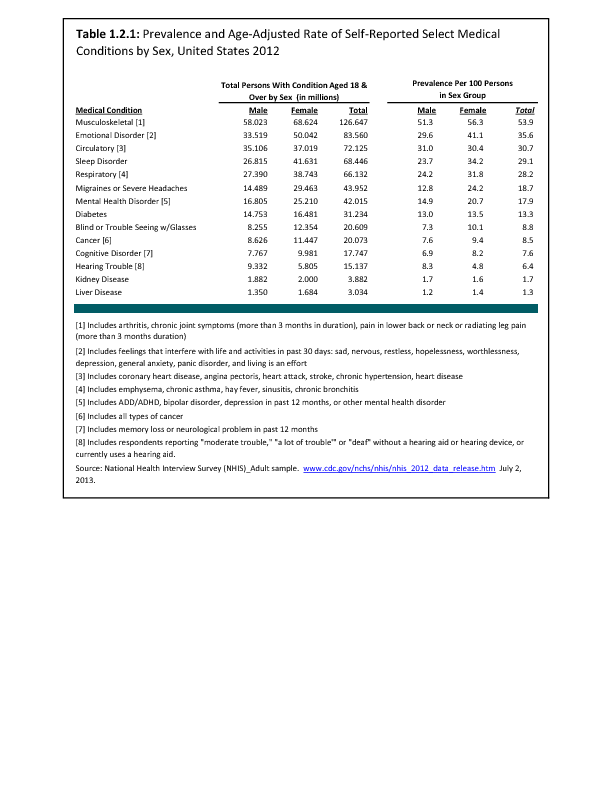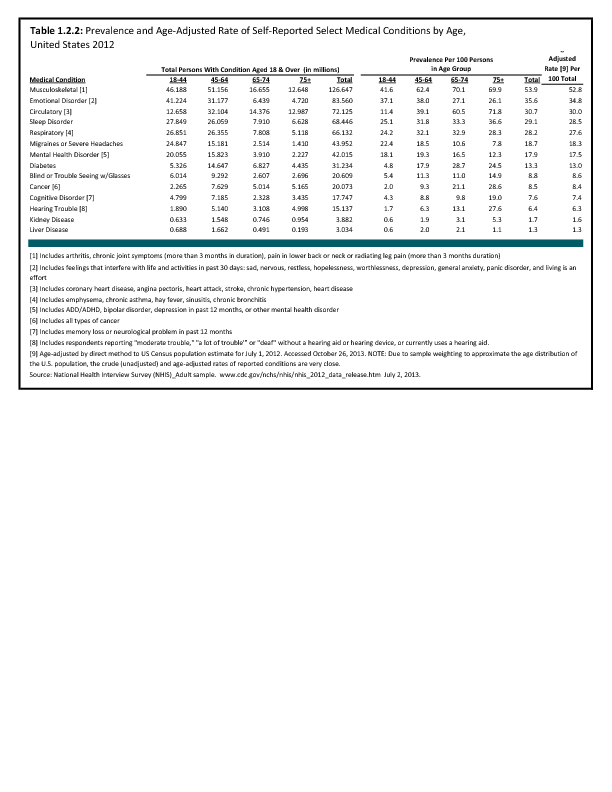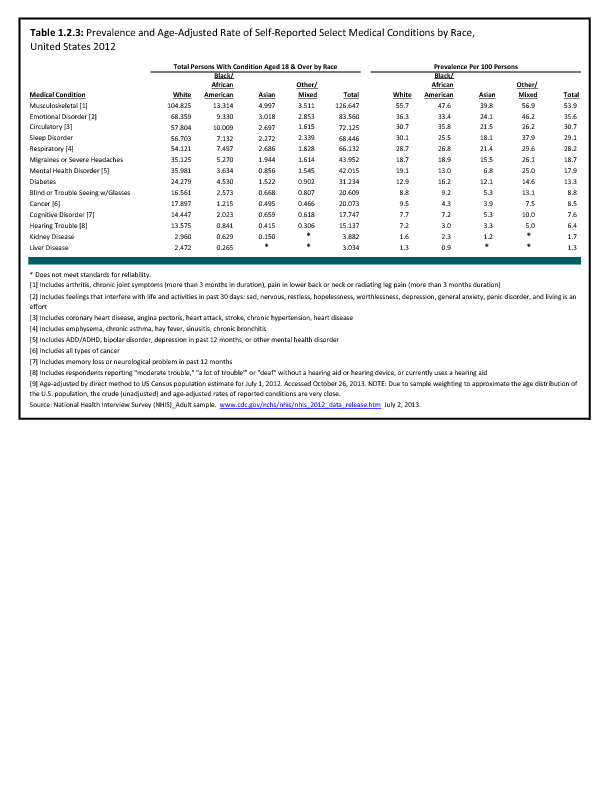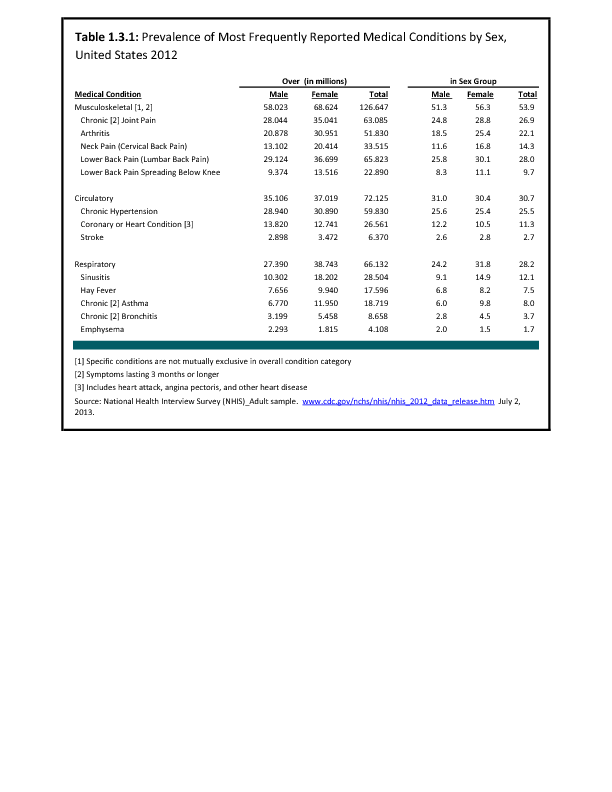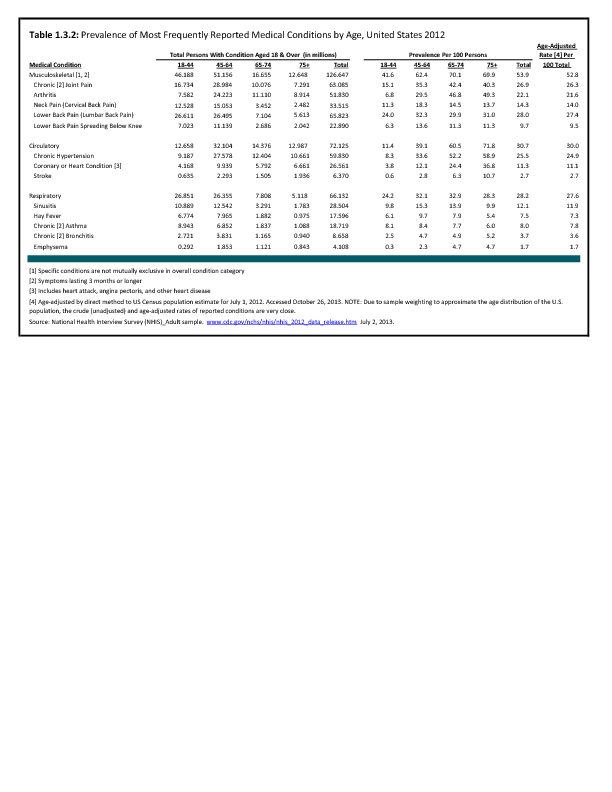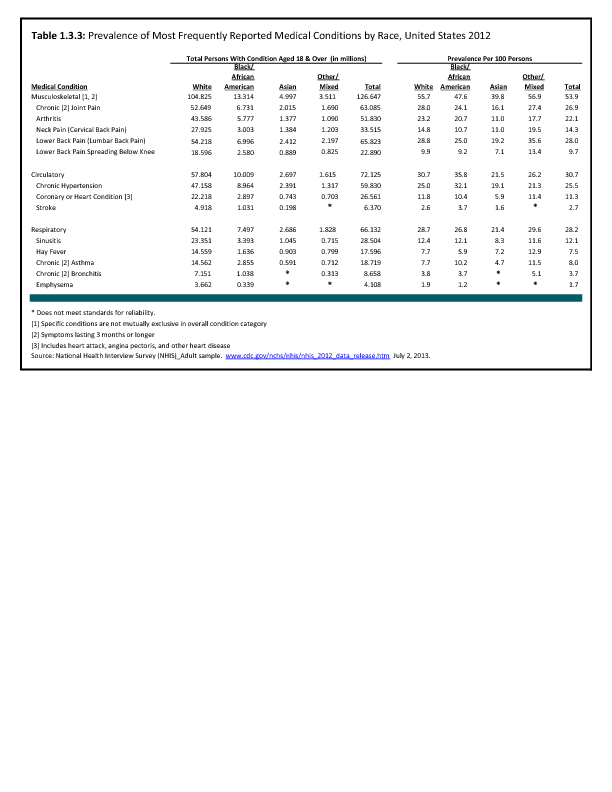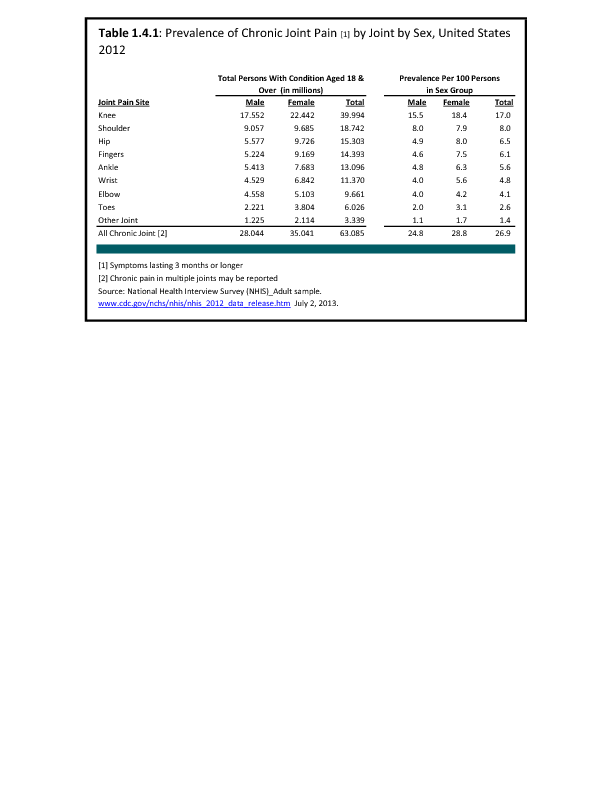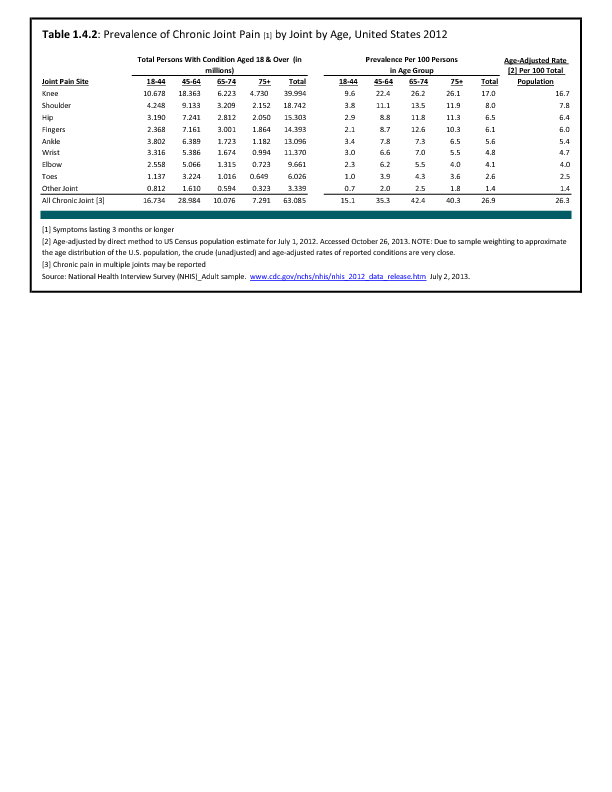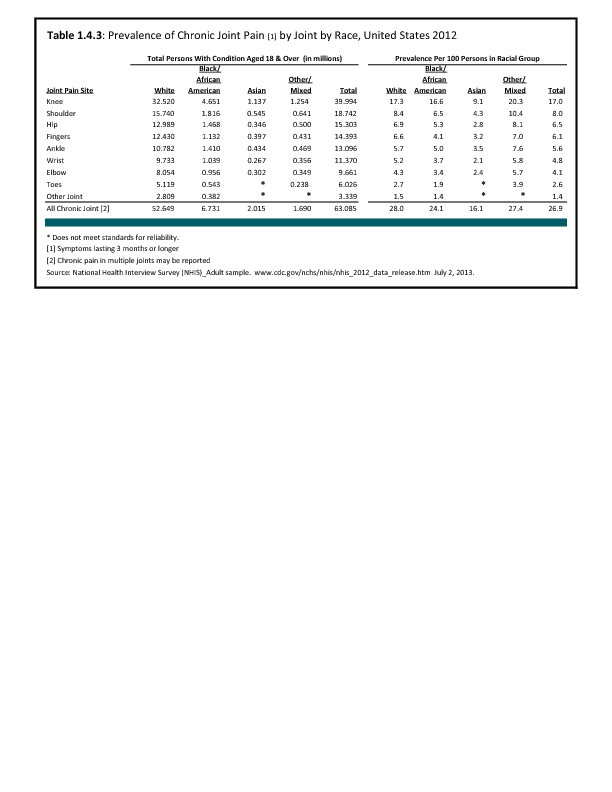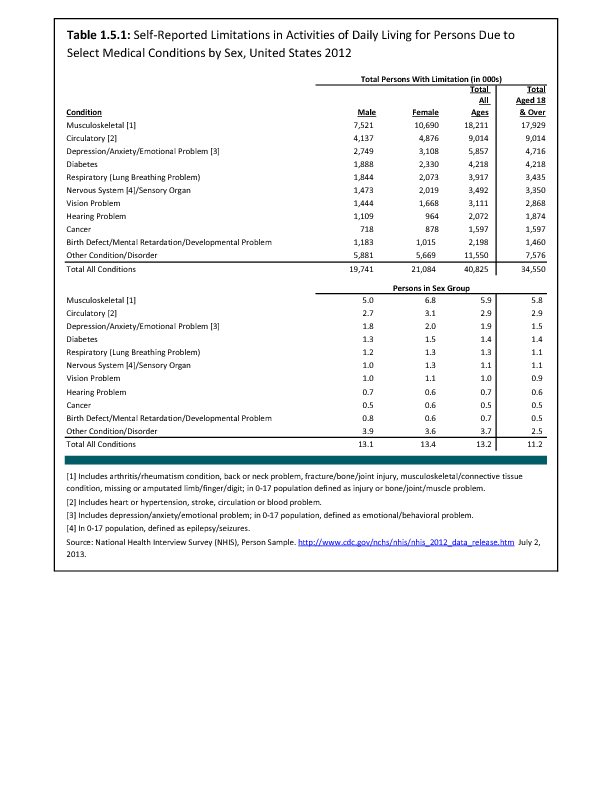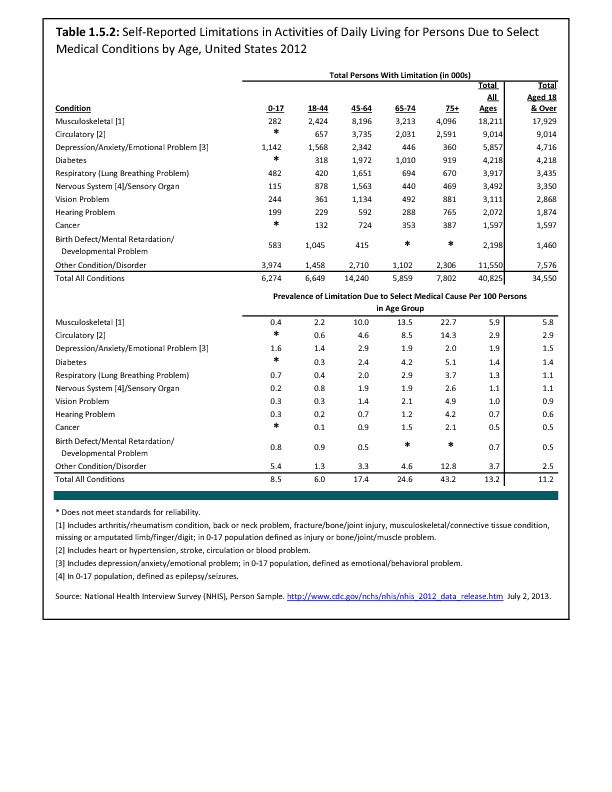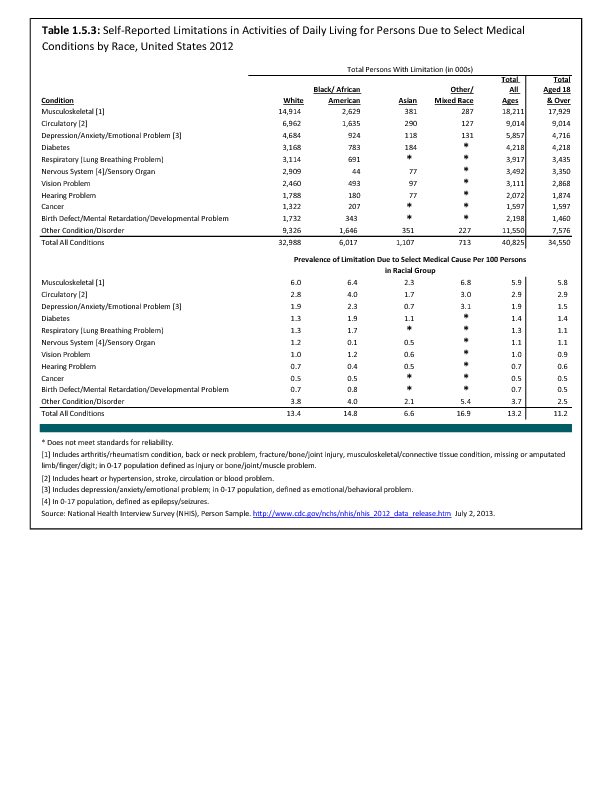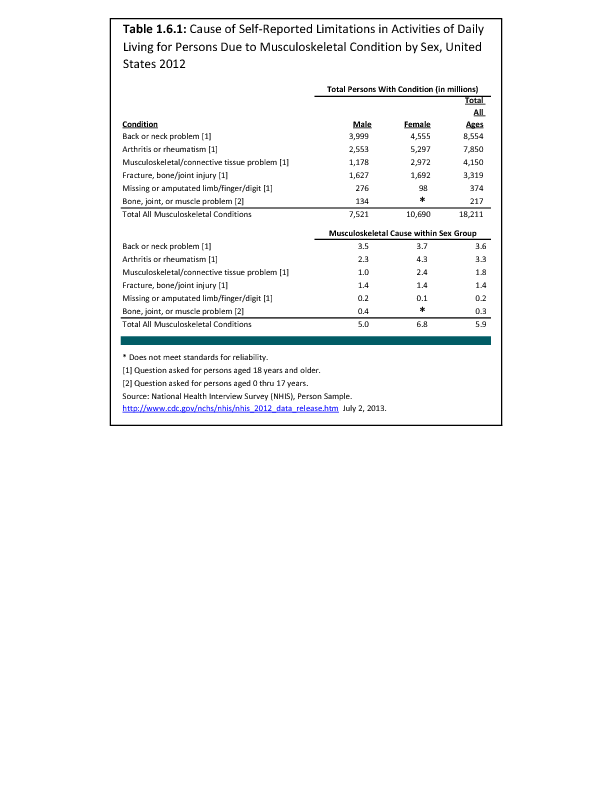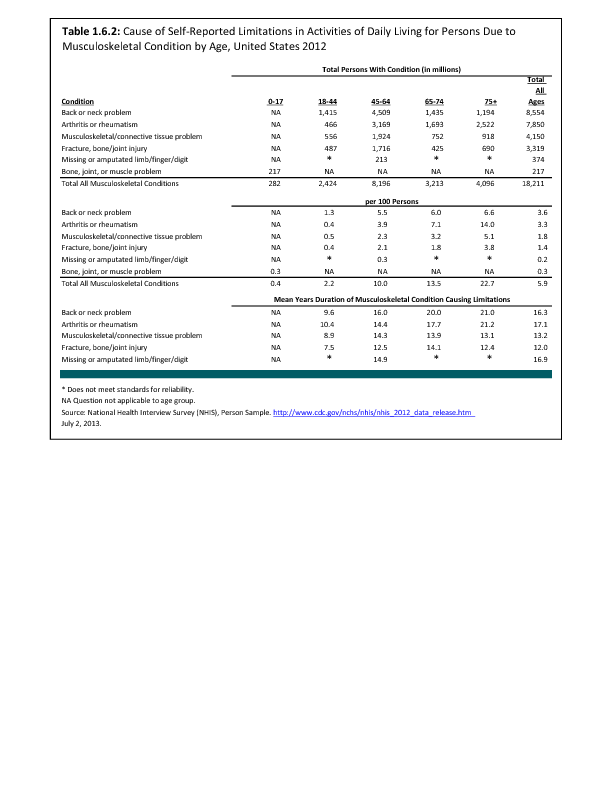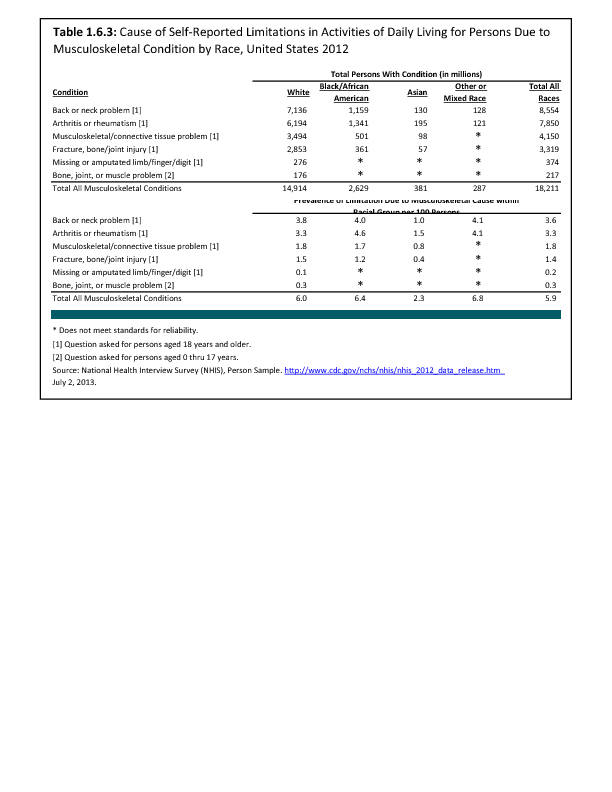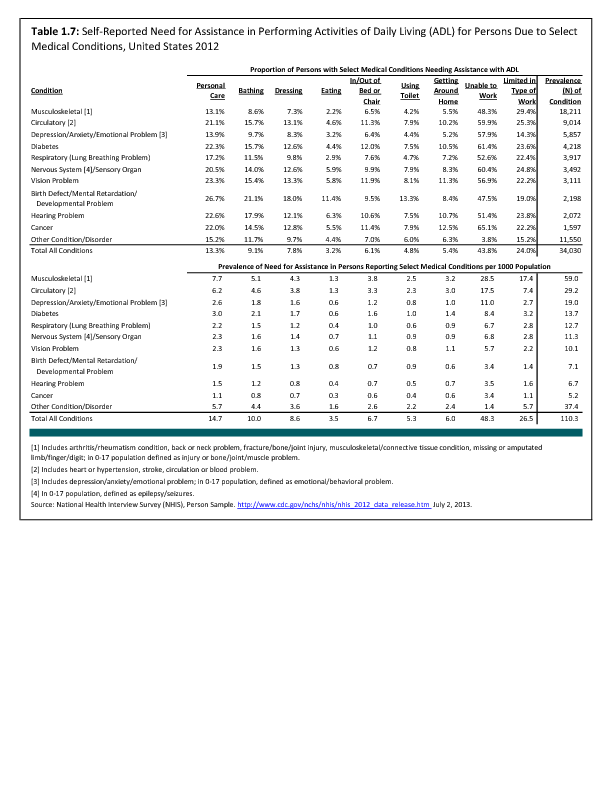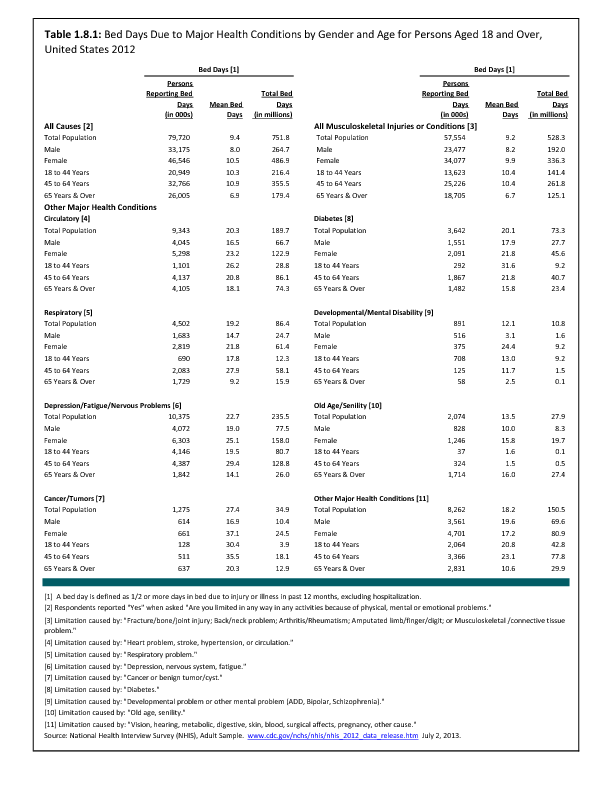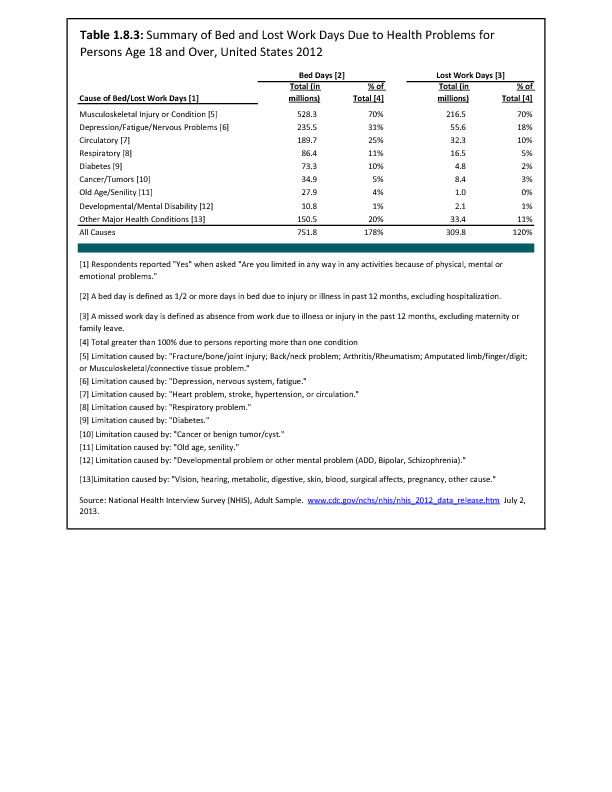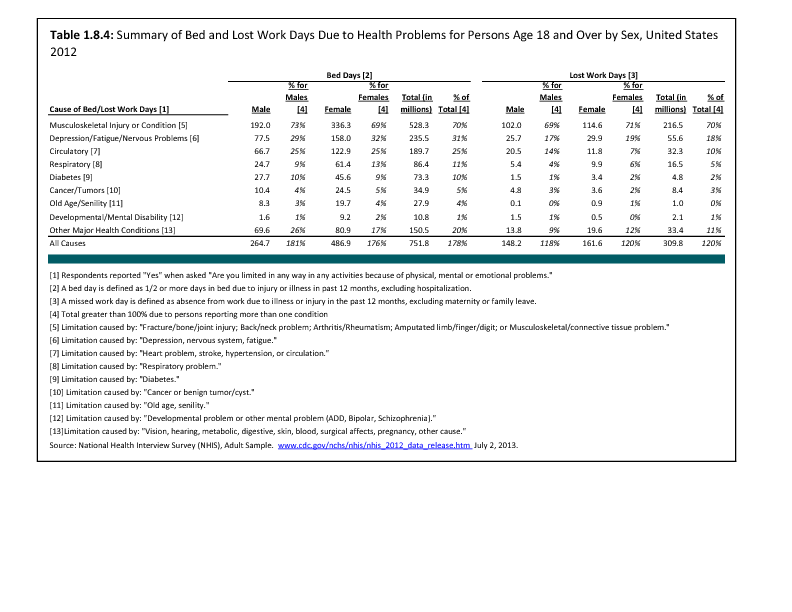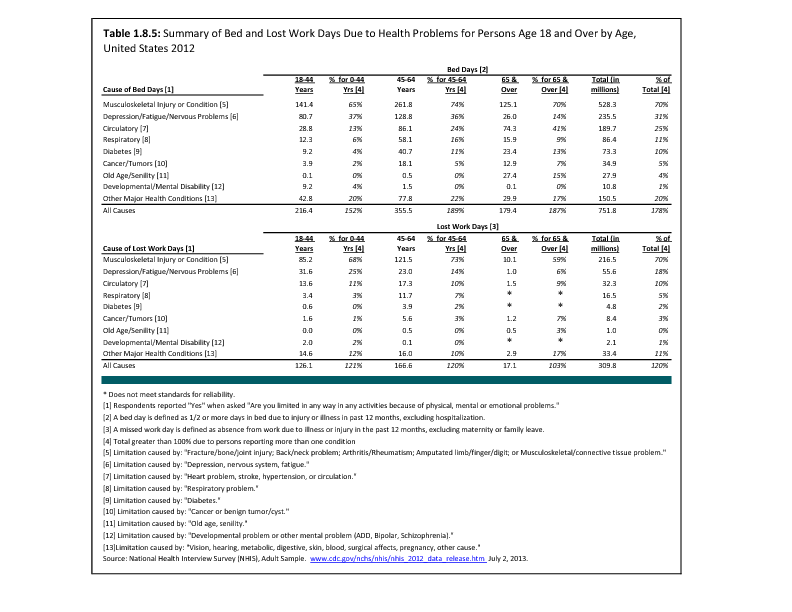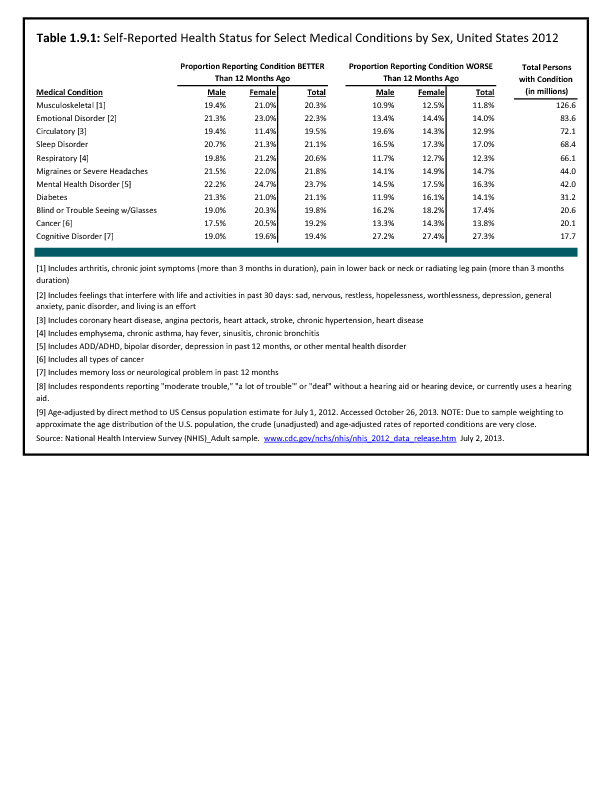Musculoskeletal conditions are among the most disabling and costly conditions suffered by Americans. In March 2002, President George W. Bush proclaimed the years 2002–2011 as the United States Bone and Joint Decade, providing national recognition to the fact that musculoskeletal disorders and diseases are the leading cause of physical disability in this country.1,2 At the end of the decade, the multiple associations of health providers treating musculoskeletal diseases realized the work had only begun, and the United States Bone and Joint Initiative (USBJI), a part of the Global Alliance for Musculoskeletal Health, was created.
In December 2012, a study on the Global Burden of Disease and the worldwide impact of all diseases and risk factors found musculoskeletal conditions such as arthritis and back pain affect more than 1.7 billion people worldwide, are the second greatest cause of disability, and have the 4th greatest impact on the overall health of the world population when considering both death and disability. Professor Christopher Murray, lead investigator, and the authors of the study underline the need to address the rising numbers of individuals with a range of conditions such as musculoskeletal disorders that largely address disability, not mortality, in the future.3
The goal of USBJI is to improve the quality of life for people with musculoskeletal conditions and to advance understanding and treatment of these conditions through research, prevention, and education. The cornerstone of USBJI is the burden of musculoskeletal disease, defined as the incidence and prevalence of musculoskeletal conditions; the resources used to prevent, care, and cure them; and the impact on individuals, families, and society. Direct costs of the burden of musculoskeletal disease include hospital inpatient, hospital emergency and outpatient services, physician outpatient services, other practitioner services, home health care, prescription drugs, nursing home cost, prepayment, and administration and non–health-sector costs. Indirect cost relates to morbidity and mortality, including the value of productivity losses due to disability or premature death due to a disease and the value of lifetime earnings as well as the impact on quality of life.
The Burden of Musculoskeletal Conditions in the United States, 3rd Edition, (BMUS) which is available in the following pages on this website, provides numbers to support members engaged in research, education programs, and healthcare policy that will bring about significant advances in the knowledge, diagnosis, and treatment of musculoskeletal conditions, and increase the number of resources at the disposal of the healthcare profession and the public at large.
As the US population continues to age in the next 25 years, musculoskeletal impairments will increase because they are most prevalent in the older segments of the population. By the year 2040, the number of individuals in the United States older than the age of 65 years is projected to grow from the current 15% of the population to 21%. Persons age 85 years and older will double from the current <2% to 4%. Health care services worldwide will be facing severe financial pressures in the next 10 to 20 years due to the escalation in the number of people affected by musculoskeletal diseases. Bone and joint disorders account for more than one-half of all chronic conditions in people older than 50 years of age in developed countries, and are the most common cause of severe, long-term pain and disability.4 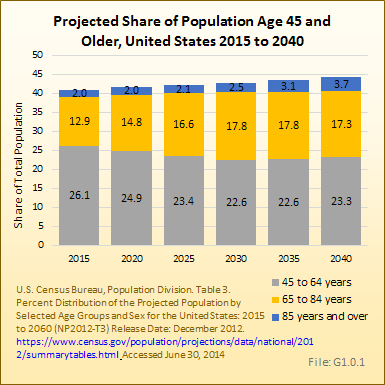
- 1. Weinstein S: 2000–2010: The Bone and Joint Decade. J Bone Joint Surg Am 2000;82:1-3.
- 2. A Proclamation by the President of the United States of America: National Bone and Joint Decade Proclamation: National Bone and Joint Decade, 2002–2011. Office of the Press Secretary, 2002.
- 3. Global Burden of Diseases, Injuries and Risk Factors Study 2013. The Lancet, July 22, 2014. Available at: http://www.thelancet.com/themed/global-burden-of-disease Accessed June 30, 2014.
- 4. The Bone and Joint Decade 2000–2010 for prevention and treatment of musculoskeletal disorders. Lund, Sweden, April 17–18, 1998. Conference proceedings. Acta Orthop Scand Suppl 1998;:218:1-86.
Edition:
- 2014

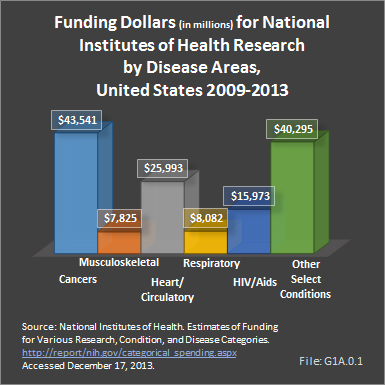
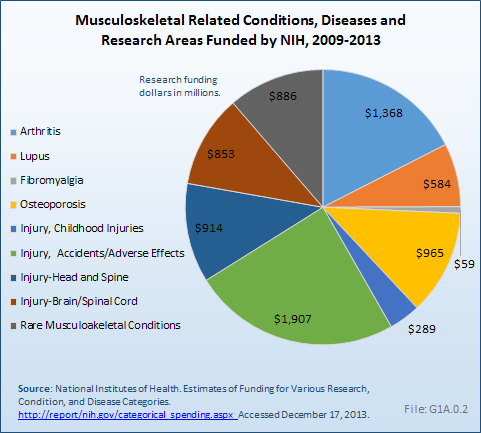
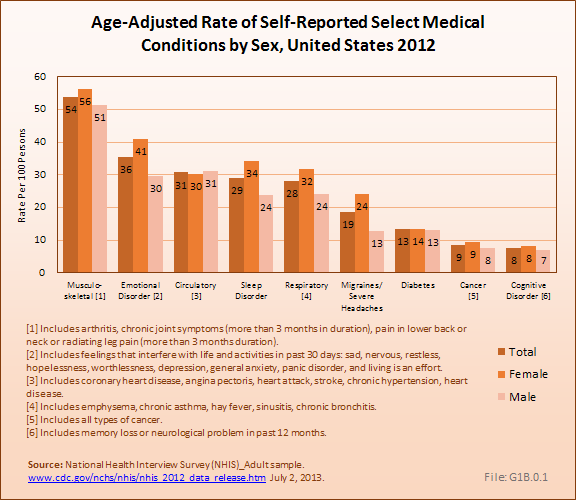
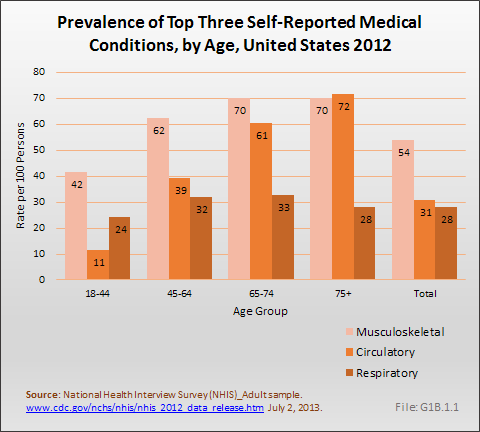
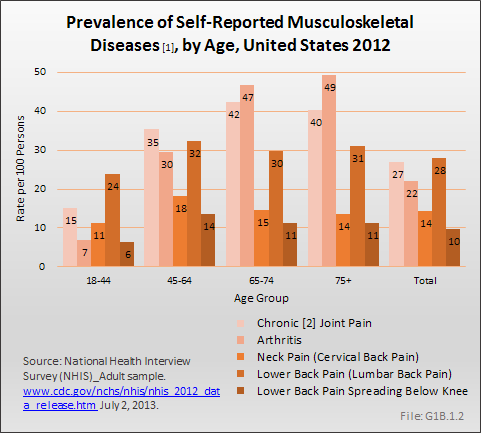

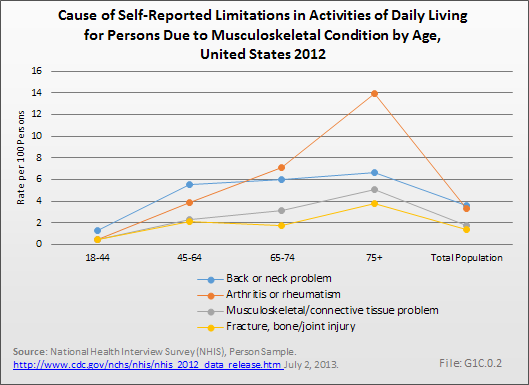
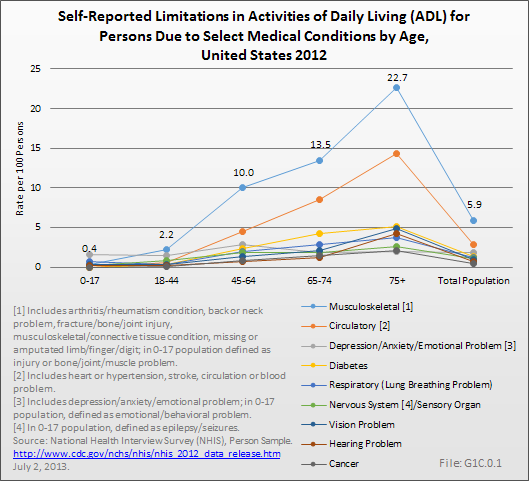
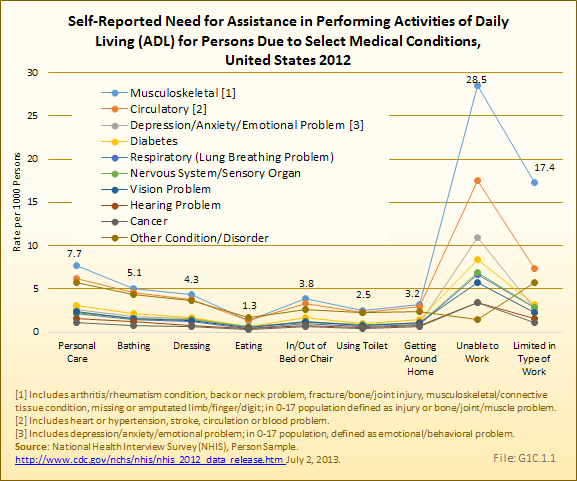
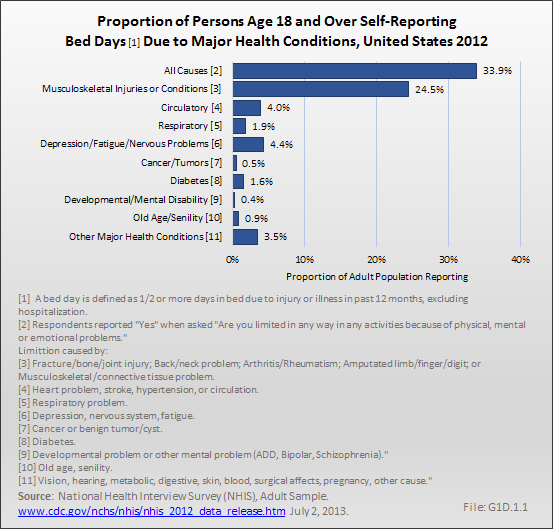
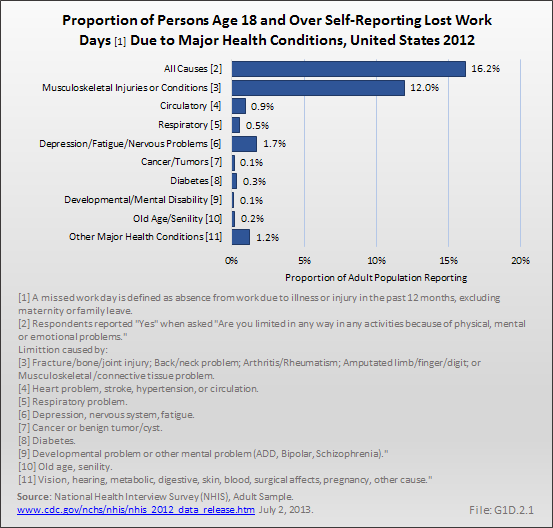
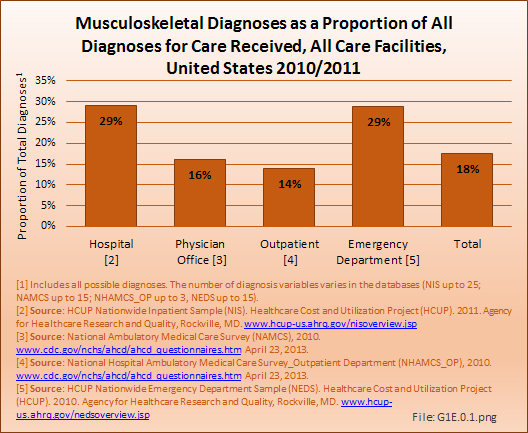
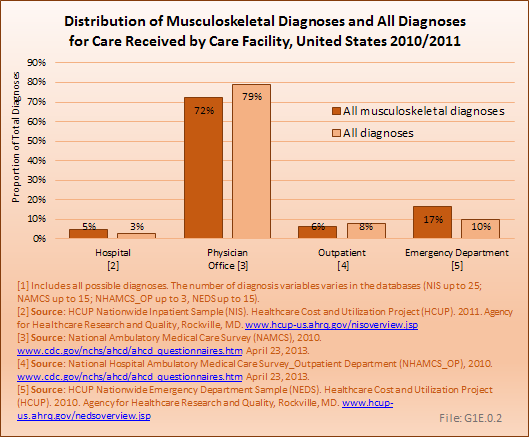
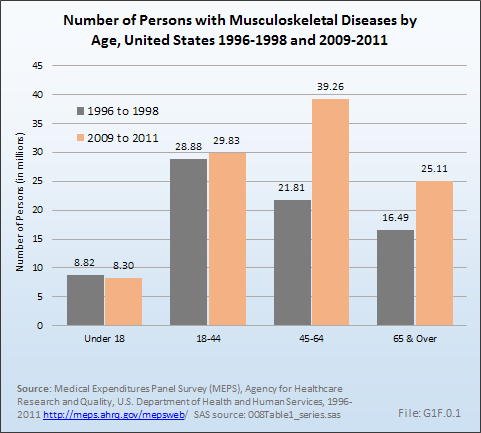
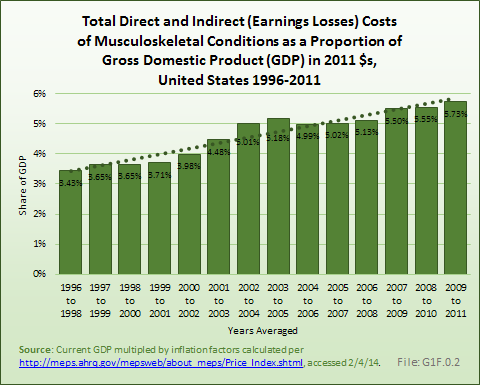
 Download as CSV
Download as CSV